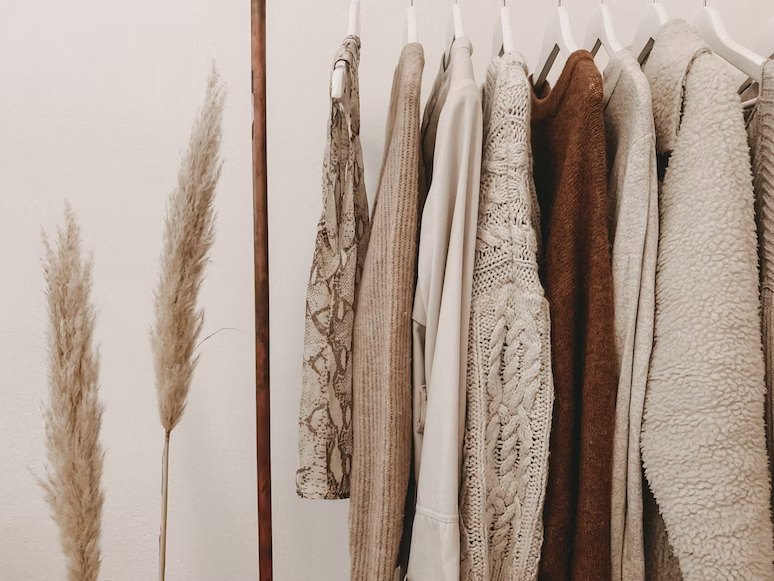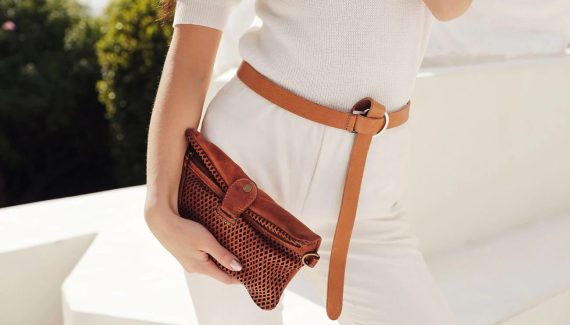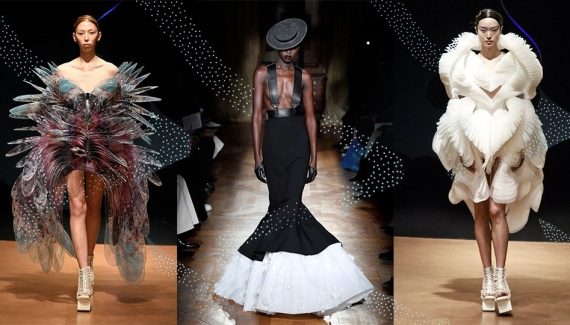While France and Italy have long been synonymous with haute couture, it’s easy to overlook just how much Spain has contributed to Europe’s thriving fashion industry. Industry experts predict that, by the end of 2023, the Spanish fashion ecommerce market will be worth more than £10.1 billion. This is more than a quarter of all the money spent online by Spanish consumers. If you thought Iberian apparel was confined to boxy boleros and velvet-lined cloaks, think again. This European country has been at the forefront of luxury fashion for more than a century, with the likes of Balenciaga and Manolo Blahnik beloved by aspirational consumers. However, these aren’t the only design houses producing premium garments. If you’re eager to discover the next big thing, it’s time to think about Spanish courses online to ensure you’re first in line for the next seasonal must-have.

Contents
A History of Spanish Fashion
While brands like Balenciaga and Paco Rabanne have dominated the Spanish fashion scene for decades, they’re not the source of this country’s rich fashion heritage. In fact, Spain’s legacy as one of Europe’s premier fashion influencers can be traced back centuries. As early as the 1500s, Spanish merchants were making a killing in the trade of exclusive materials. Sought-after dyes, handcrafted laces, and luxurious leathers could all be found with relative ease in Spain’s port cities and towns. By the end of the century, Spanish style was prized across Europe for its elegance. Corsets, capes, and hoop skirts like farthingales were all popular with the elite who could afford them.
During the 1600s, Spanish fashion became far more sober thanks to the introduction of Catholicism to the region. Gone were the dizzying dyes of previous decades. Instead, black became the staple color in many wardrobes. While black would continue to dominate fashion palettes for many years, Spanish apparel never cut corners when it came to elegant aesthetics.
The Impact of Parisian Fashion Houses
While Madrid has long been an important fashion capital, it was constantly overshadowed by the likes of Paris and Milan. However, it was a Parisian influence that helped Spanish couture evolve and move beyond those all-black staples. With the introduction of the railway in the 1800s, designers were free to travel beyond the Iberian Peninsula with ease. Spanish designers flocked to other international fashion capitals like Paris, bringing what they learned back to the design studios of Madrid.
Spanish fashion underwent its biggest metamorphosis at the start of the 20th century. By this point, celebrated designers like Christobal Balenciaga were in their prime. Later, Paco Rabanne became the toast of fashionistas across the globe. Thanks to his background as a jewelry designer for Givenchy, he became a pioneer of metal couture. Later, he would follow in the footsteps of French designer Coco Chanel by adding and introducing a range of fragrances alongside his clothing ranges.
Spanish Fashion Hits the High Street
While the likes of H&M dominate the fashion industry in the United States, Spain has produced several competitors. Clothing brand Zara burst onto the scene in 1975 and now has more than 2000 stores worldwide. Inditex, Zara’s parent company, secured profits of more than $19.7 billion in 2022. However, Zara doesn’t stand alone in the affordable fashion market. Other brands like Mango have been catering to budget-conscious consumers for decades.


